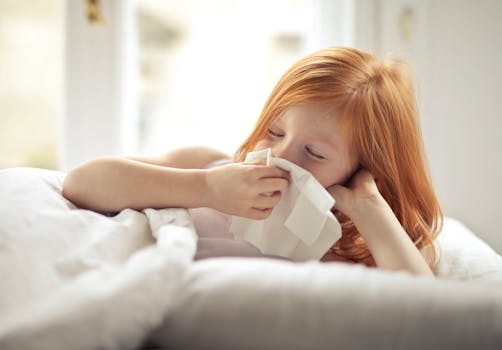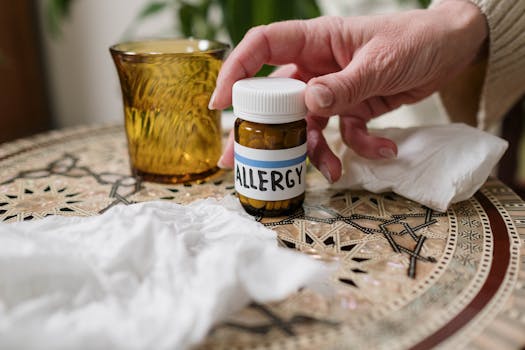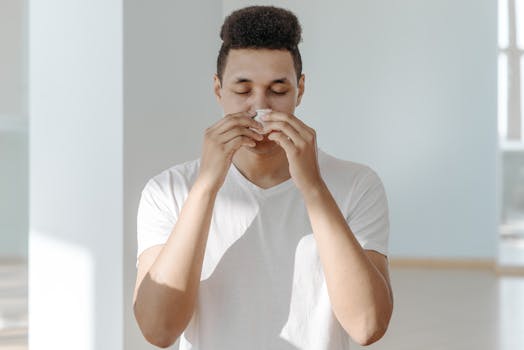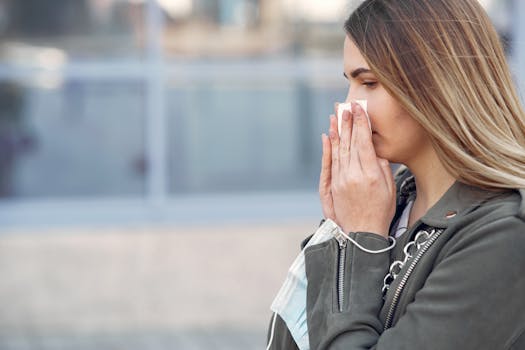
Understanding Common Allergies: Symptoms, Triggers, and Management Techniques
Takeaways: Allergies can significantly impact daily life. Recognizing symptoms, understanding triggers, and implementing effective management techniques are essential for those affected. This article delves into common allergies, their manifestations, and strategies for control.
Allergies are a common health issue that affects millions of people worldwide. An allergy occurs when the immune system reacts to a substance (allergen) that is typically harmless to most people. This can lead to a variety of symptoms, ranging from mild to severe. Understanding common allergies, their symptoms, triggers, and management techniques can help individuals lead healthier, more comfortable lives.
Common Allergies and Their Symptoms

1. Pollen Allergies (Hay Fever)
Pollen from trees, grasses, and weeds can trigger allergic reactions in many individuals. Symptoms typically include:
- Runny or stuffy nose
- Itchy eyes, nose, or throat
- Sneezing
- Fatigue
- Headache
2. Food Allergies
Common food allergens include peanuts, tree nuts, fish, shellfish, eggs, milk, wheat, and soy. Symptoms of food allergies can range from mild to life-threatening and may include:
- Hives or skin rashes
- Swelling of the lips, tongue, or throat
- Stomach cramps
- Nausea or vomiting
- Anaphylaxis (severe allergic reaction)
3. Dust Mite Allergies
Dust mites are tiny organisms that thrive in household dust. Symptoms include:
- Persistent sneezing
- Runny or stuffy nose
- Wheezing or shortness of breath
- Itchy skin or eczema
4. Pet Allergies
Proteins found in a pet’s skin cells, urine, and saliva can trigger allergies. Symptoms may involve:
- Itchy or watery eyes
- Runny or stuffy nose
- Sneezing
- Skin rashes
5. Mold Allergies
Mold can be found indoors and outdoors, especially in damp areas. Symptoms include:
- Respiratory issues
- Stuffy or runny nose
- Coughing
- Itchy eyes or skin
Common Allergy Triggers

1. Environmental Triggers
Pollens, dust mites, molds, and pet dander are prevalent environmental allergens. Seasonal changes can also exacerbate symptoms, especially during spring and fall when pollen counts are high.
2. Food Triggers
As mentioned earlier, specific foods can trigger allergic reactions. It’s essential to read food labels carefully and communicate allergies when dining out.
3. Chemical Triggers
Certain chemicals found in household cleaners, perfumes, and personal care products can cause allergic reactions or sensitivities. Opting for fragrance-free or hypoallergenic products may help.
4. Insect Stings
Stings from bees, wasps, and other insects can lead to severe allergic reactions in some individuals. Carrying an epinephrine auto-injector is crucial for those with known insect allergies.
Management Techniques for Allergies

1. Avoidance
The most effective way to manage allergies is to avoid known triggers. This may involve staying indoors during high pollen counts, using air purifiers, or avoiding specific foods.
2. Medication
Over-the-counter antihistamines, decongestants, and corticosteroids can help alleviate symptoms. For severe allergies, doctors may prescribe stronger medications or recommend immunotherapy (allergy shots).
3. Lifestyle Changes
Implementing lifestyle changes such as regular cleaning, using hypoallergenic bedding, and maintaining a clean environment can significantly reduce exposure to allergens.
4. Allergy Testing
If you’re unsure about your allergies, consider consulting with an allergist for testing. Understanding your specific triggers will aid in management.
Conclusion








